Albert Einstein, one of the most influential physicists of the 20th century, revolutionized the way we understand space, time, and energy. Best known for his theory of relativity, his groundbreaking ideas reshaped modern science. Beyond his famous E=mc² equation, Einstein’s work touched on a variety of scientific fields. This article delves into 20 intriguing insights that showcase the depth and brilliance of his innovations.
Theory of Relativity
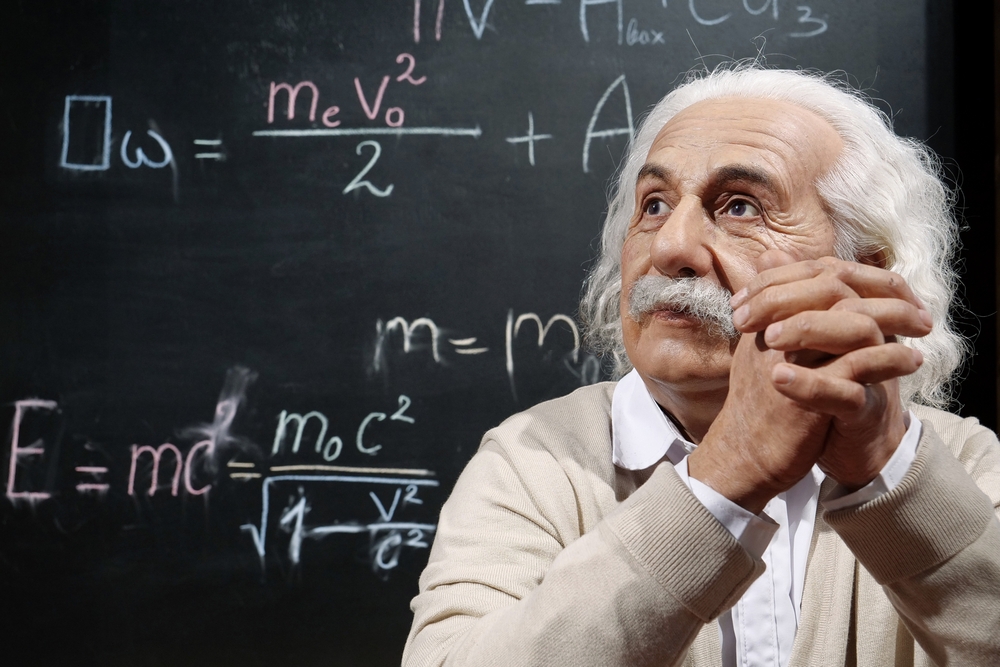
Einstein’s theory of relativity, especially the special theory introduced in 1905, changed how we view time and space. It proposed that time slows down and distances shorten as objects approach the speed of light, a revolutionary idea at the time. His work linked energy and mass with the famous equation E=mc², showing that a small amount of mass can be converted into a vast amount of energy. This theory laid the groundwork for many modern technologies and our understanding of the universe. The concept reshaped both theoretical physics and how we interact with space exploration and technology today.
General Theory of Relativity
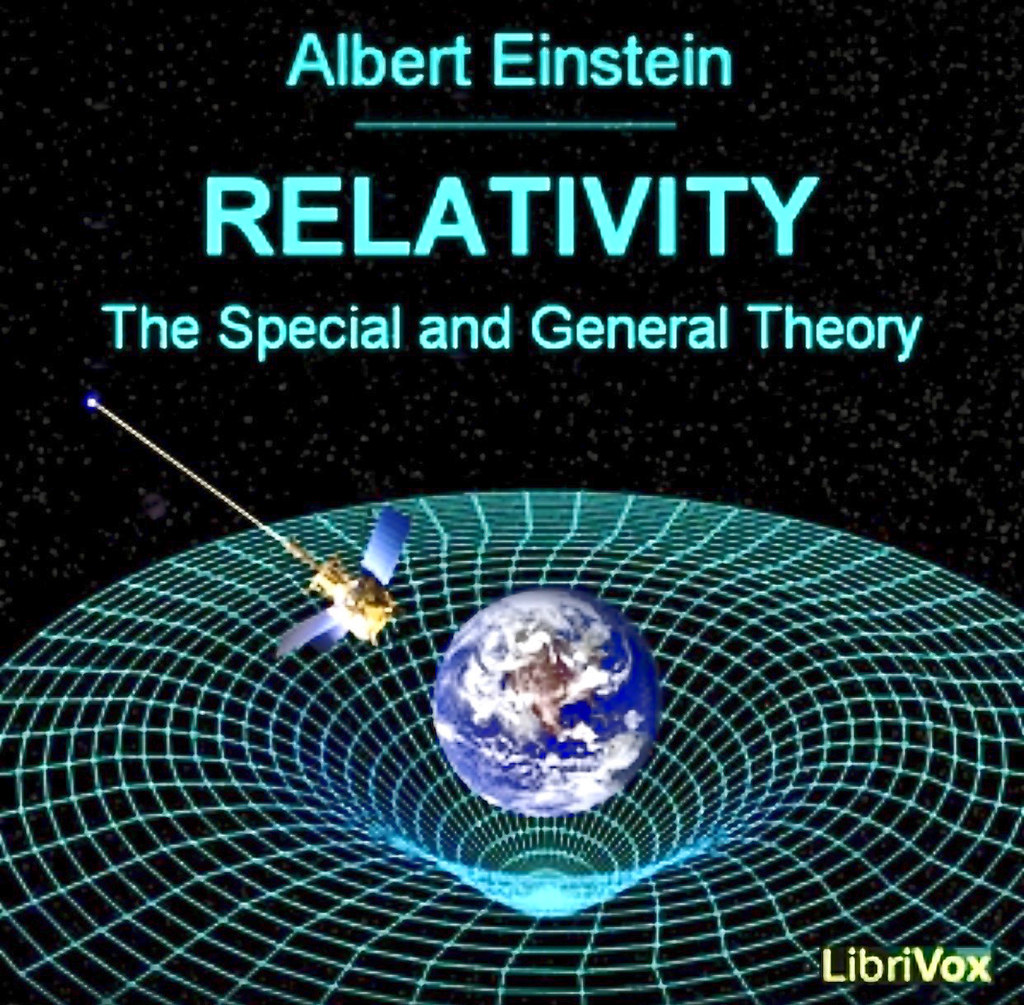
In 1915, Einstein expanded his theory into the general theory of relativity, which explains gravity as a curvature in spacetime caused by mass. This insight replaced Isaac Newton’s earlier understanding of gravity as a force between objects. His prediction that massive objects like stars bend the light passing near them was confirmed during a solar eclipse in 1919. This made Einstein an international scientific celebrity, as his theory fundamentally changed the way we understand gravitational forces. It’s also key to understanding large-scale cosmic phenomena like black holes and the expansion of the universe.
Photoelectric Effect
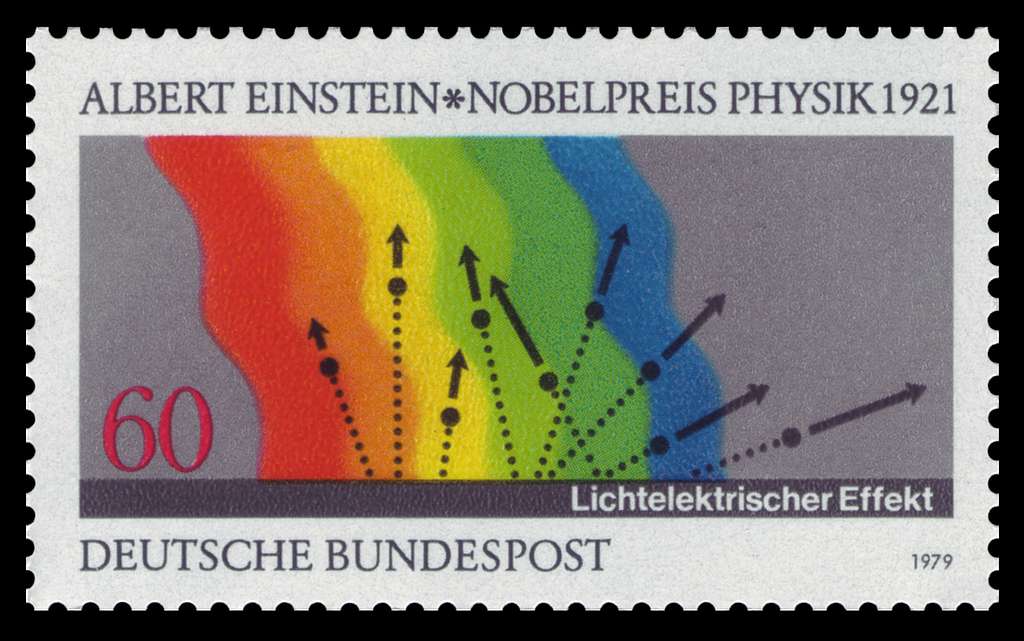
Einstein’s work on the photoelectric effect earned him the Nobel Prize in Physics in 1921. He discovered that light can be both a wave and a particle, a concept called wave-particle duality. His research showed that when light hits certain materials, it releases electrons, which later led to the development of solar cells and other light-sensitive technology. This discovery was crucial in the development of quantum theory. It also laid the foundation for much of today’s modern electronics, from cameras to solar power.
Brownian Motion
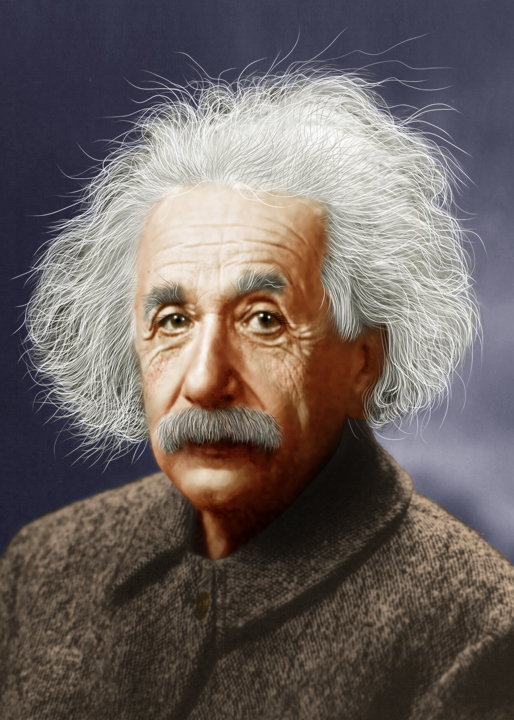
Einstein explained Brownian motion in 1905, offering proof of the existence of atoms and molecules. He mathematically demonstrated how tiny particles suspended in liquid move due to collisions with atoms. This work provided solid evidence for atomic theory, which had been debated for years. By confirming the reality of atoms, Einstein helped move physics and chemistry into the modern era. His work on Brownian motion is still important in the study of particle physics and biology today.
Mass-Energy Equivalence (E=mc²)
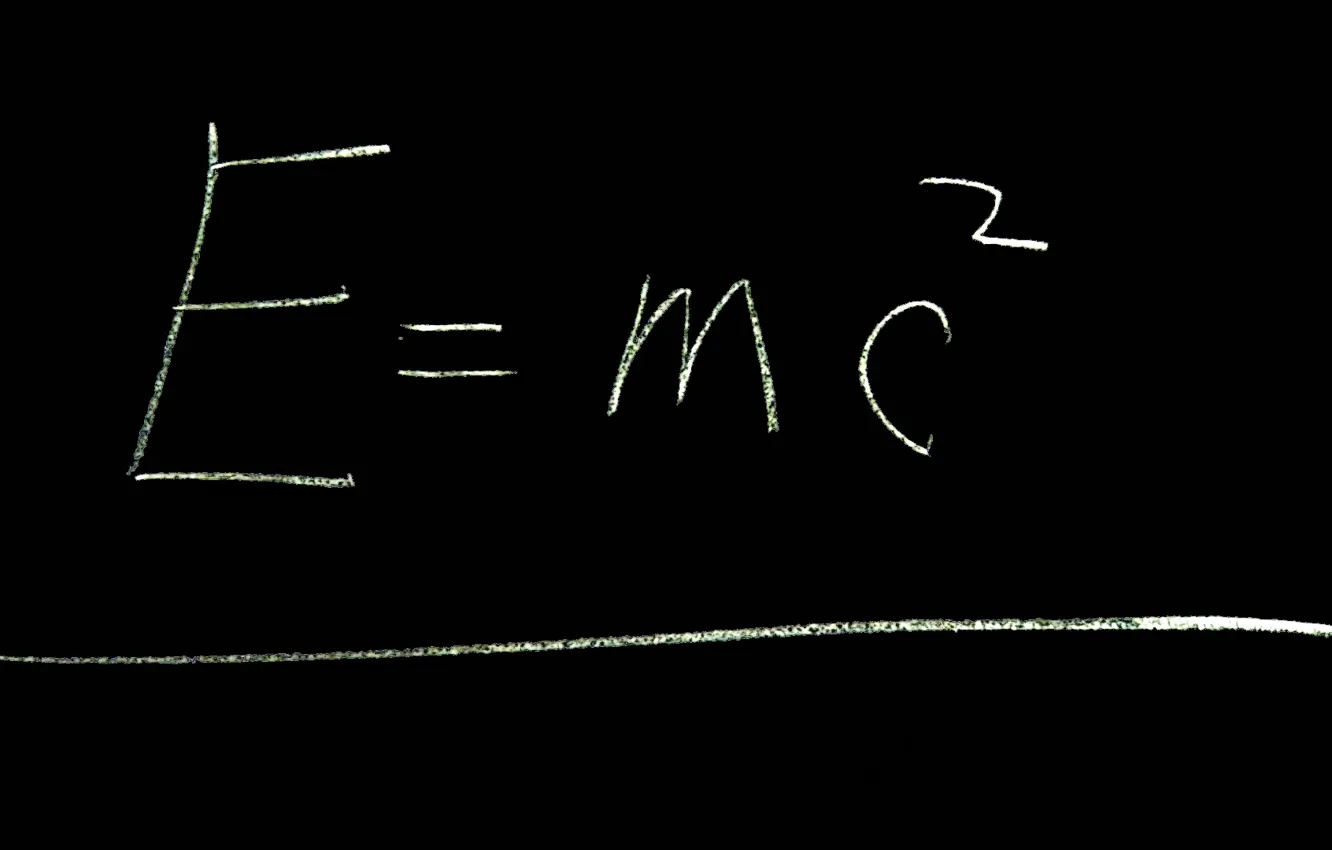
Perhaps Einstein’s most famous contribution to science, the equation E=mc², showed that energy and mass are interchangeable. This breakthrough revealed that a tiny amount of mass could be converted into a huge amount of energy, which is a principle behind nuclear energy and atomic bombs. The equation has applications in astrophysics, particularly in explaining the energy produced by stars. This simple yet profound equation changed the way we view the universe’s fundamental building blocks. It remains one of the most recognized and important scientific equations to date.
Unified Field Theory
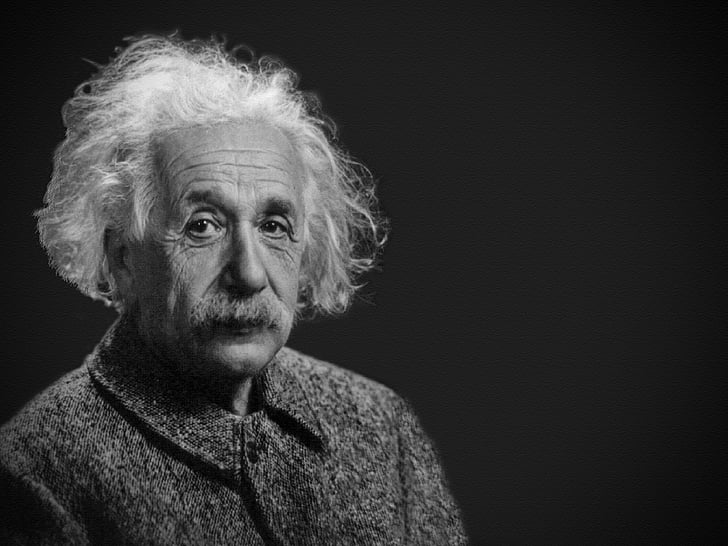
Einstein spent much of his later life attempting to develop a Unified Field Theory, which would link gravity with electromagnetism. Though he never completed this theory, his efforts set the stage for future physicists to explore unification in the forces of nature. This pursuit is ongoing in modern physics, particularly in the search for a “Theory of Everything.” Though it was one of his unfinished projects, Einstein’s work inspired the development of string theory and other attempts to unify the forces. His drive to find simplicity in nature continues to motivate today’s scientists.
Bose-Einstein Condensate
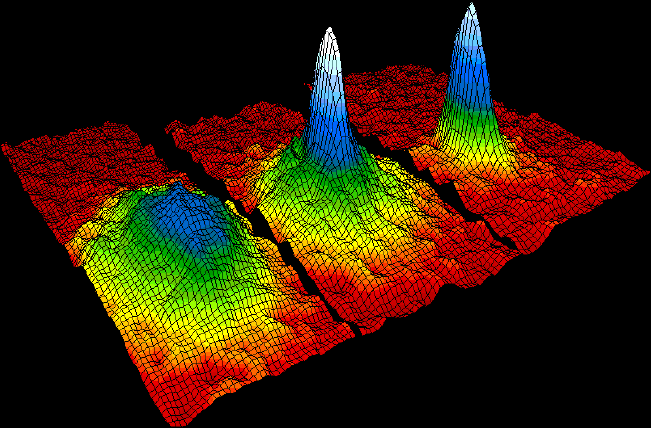
Einstein collaborated with Indian physicist Satyendra Nath Bose to predict a new state of matter, now called the Bose-Einstein condensate. This state occurs when atoms are cooled to temperatures near absolute zero, causing them to clump together and behave as a single quantum entity. The prediction was confirmed in experiments decades later and is now an important area of study in quantum physics. The discovery has potential applications in fields like superconductivity and quantum computing. It demonstrated Einstein’s enduring influence on the world of theoretical and experimental physics.
Cosmological Constant
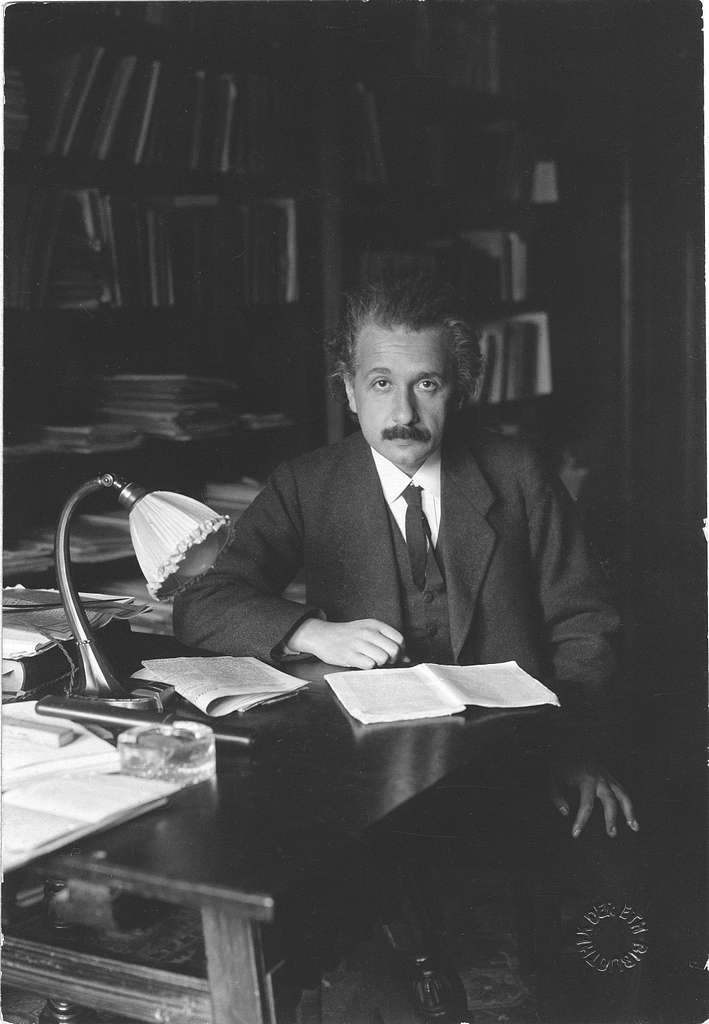
In his work on general relativity, Einstein introduced the cosmological constant to keep the universe static, which he later called his “biggest blunder” after discovering the universe is expanding. However, the concept was revived decades later when astronomers found that the universe’s expansion is accelerating. Today, the cosmological constant is linked to dark energy, an unknown force driving this acceleration. Although initially considered a mistake, Einstein’s idea has become central to modern cosmology. It shows how even Einstein’s “errors” can lead to profound insights.
Gravitational Waves
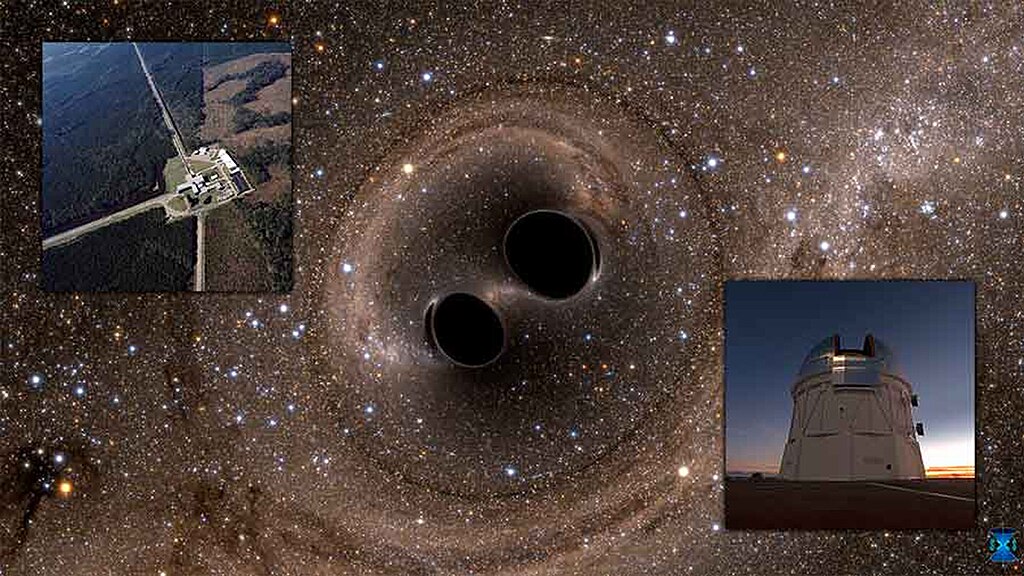
Einstein predicted the existence of gravitational waves, ripples in spacetime caused by massive cosmic events like black hole collisions. These waves were finally detected in 2015 by the LIGO experiment, confirming yet another of Einstein’s predictions. The discovery of gravitational waves opened up a new way of observing the universe. It allows scientists to study phenomena that were previously invisible, such as black hole mergers. Einstein’s theory of relativity continues to be validated, even over 100 years later.
Black Holes
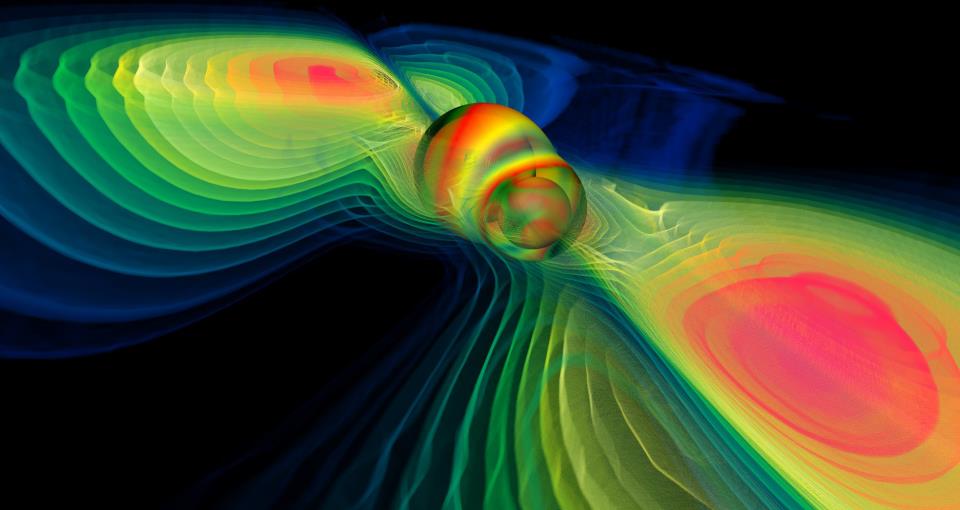
Although Einstein was initially skeptical of black holes, his equations suggested their existence. Black holes are regions of spacetime where gravity is so strong that not even light can escape. His theory of general relativity accurately describes how black holes warp spacetime and influence their surroundings. Today, black holes are one of the most studied objects in astrophysics, and Einstein’s work is essential to understanding their behavior. His contributions paved the way for modern black hole research, including the recent image captured by the Event Horizon Telescope.
Time Dilation
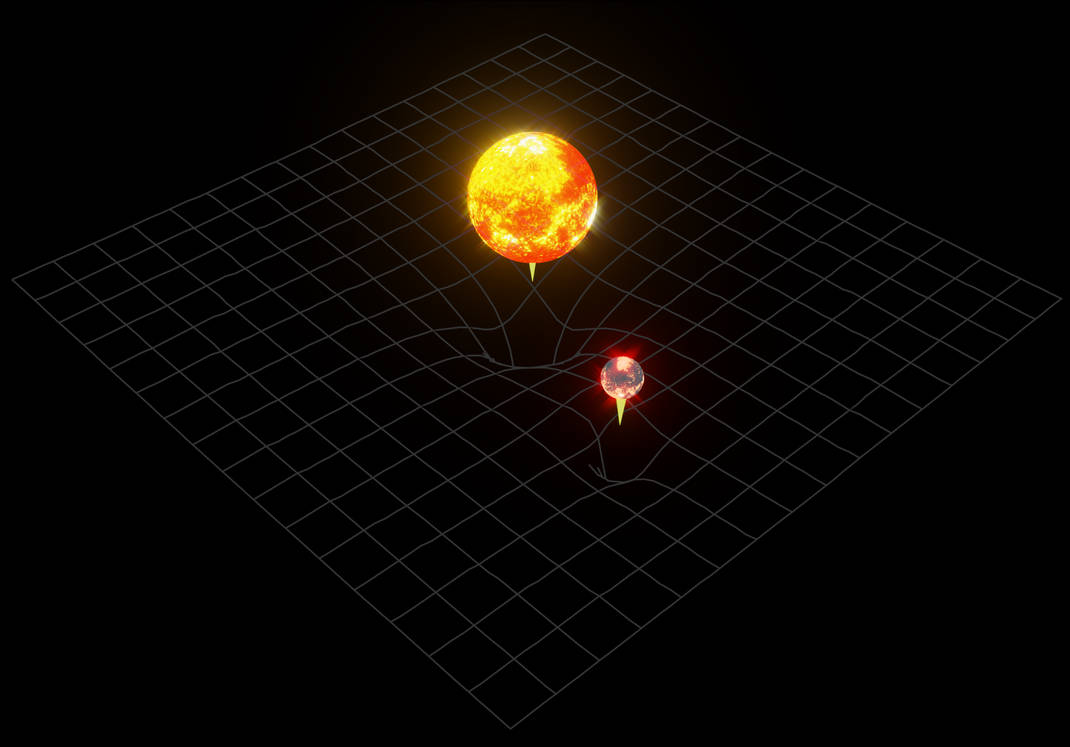
One of the more mind-bending implications of Einstein’s relativity is time dilation. According to his theory, time slows down for objects moving close to the speed of light compared to those at rest. This concept has been experimentally proven with precise atomic clocks placed on airplanes and satellites. Time dilation is a crucial factor in the functionality of GPS systems, which must account for the difference in time between satellites and the Earth’s surface. Einstein’s insight into time’s fluidity continues to impact modern technology and our understanding of the universe.
Twin Paradox

The twin paradox is a thought experiment that illustrates time dilation. It involves one twin traveling at near-light speed in space while the other remains on Earth. When the space-traveling twin returns, they are younger than their sibling due to the time dilation effects of their journey. While it’s a theoretical scenario, the twin paradox demonstrates how Einstein’s theories challenge our everyday experiences of time. The paradox underscores the non-intuitive nature of relativity and continues to fascinate both scientists and the public.
Quantum Entanglement
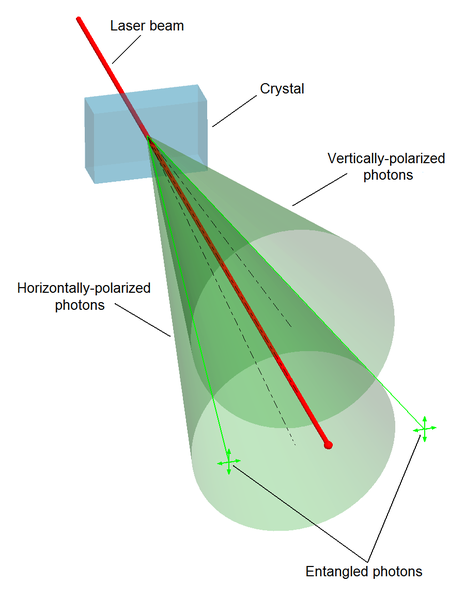
Though Einstein was skeptical of quantum mechanics, referring to it as “spooky action at a distance,” he contributed to the debate over quantum entanglement. This phenomenon occurs when two particles become linked, and the state of one immediately influences the other, even across vast distances. Einstein’s concerns about entanglement contributed to ongoing research that eventually confirmed its existence. Quantum entanglement has become a key element in quantum computing and secure communications. His skepticism helped shape some of the most advanced areas of physics today.
Einstein-Podolsky-Rosen Paradox (EPR Paradox)

In 1935, Einstein and his colleagues published a paper highlighting the strange behavior of quantum particles, now known as the EPR paradox. The paradox questioned whether quantum mechanics was a complete theory, as it seemed to allow information to travel faster than light. This sparked decades of debate in the scientific community about the completeness of quantum mechanics. Though Einstein was ultimately proven wrong by experiments, the paradox helped advance the field of quantum theory. It remains a key example of how questioning ideas leads to scientific breakthroughs.
Atomic Bomb Development

While Einstein did not work directly on the development of the atomic bomb, his famous equation E=mc² laid the theoretical foundation for nuclear energy. Einstein signed a letter to President Roosevelt in 1939, warning that Nazi Germany might develop an atomic bomb. This letter led to the establishment of the Manhattan Project, which ultimately produced the first nuclear weapons. Einstein later became an outspoken advocate for nuclear disarmament, expressing regret for his role in the bomb’s creation. His involvement shows the complex moral implications of scientific discovery.
Light Bending

Einstein predicted that massive objects like the sun could bend light due to their gravitational pull. This prediction was confirmed during a solar eclipse in 1919 when light from distant stars was observed bending around the sun. This discovery provided strong evidence for Einstein’s general theory of relativity and made him a global scientific icon. It also laid the foundation for the study of gravitational lensing, where light from distant galaxies is bent by intervening objects, allowing us to see more of the universe. His insight continues to impact modern astrophysics and cosmology.
Energy-Momentum Tensor
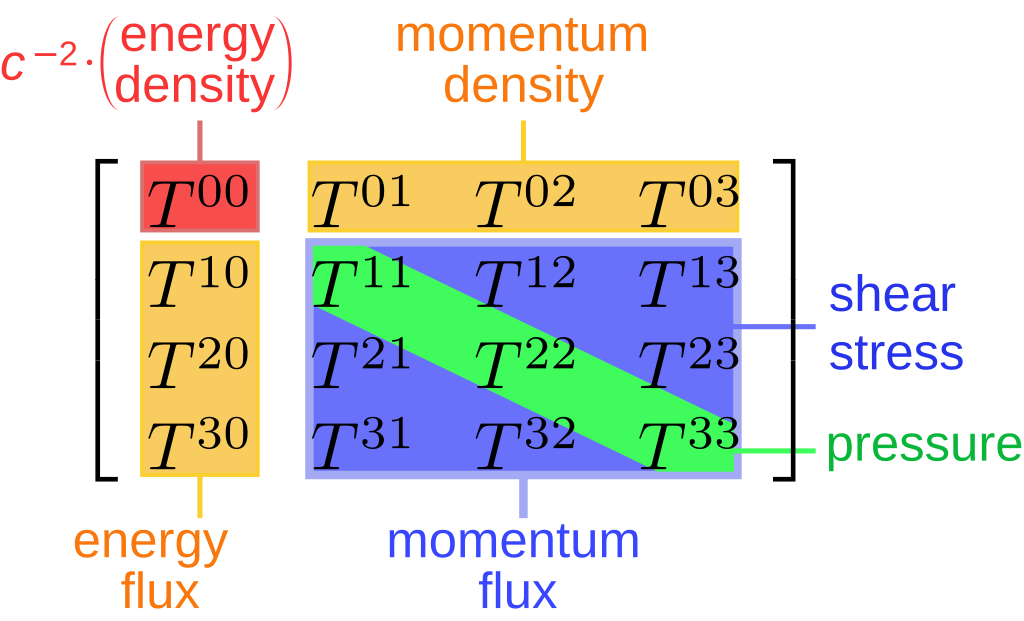
Einstein’s work on the energy-momentum tensor helped describe how energy and momentum interact in the context of general relativity. This mathematical construct allows physicists to understand how energy is distributed in spacetime and how it affects gravitational fields. It’s a key element in the equations that describe everything from the behavior of stars to the formation of galaxies. Einstein’s contributions in this area were foundational for the development of modern astrophysics. The energy-momentum tensor continues to be a vital tool for researchers studying the dynamics of the cosmos.
Einstein’s Refrigerator
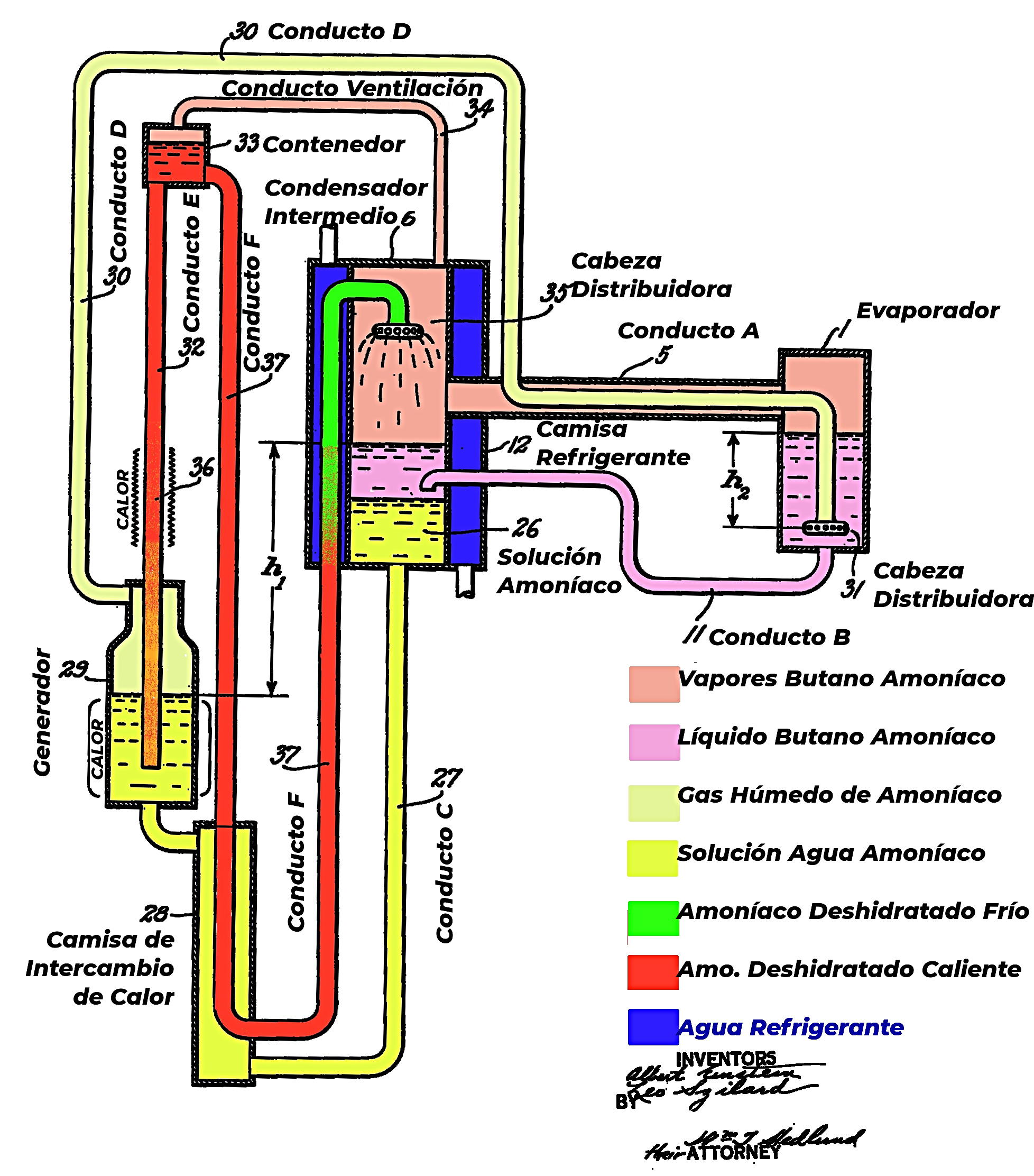
In the 1920s, Einstein co-invented an energy-efficient refrigerator that had no moving parts. While it didn’t achieve widespread commercial success, the design was an early example of his interest in practical solutions to everyday problems. The refrigerator used a unique absorption process that required only heat to operate, making it an environmentally friendly option. Although it was eventually overtaken by more modern designs, Einstein’s invention showed his creative approach to problem-solving beyond theoretical physics. His ability to think outside the box extended well beyond the realm of scientific theory.
Relativity of Simultaneity
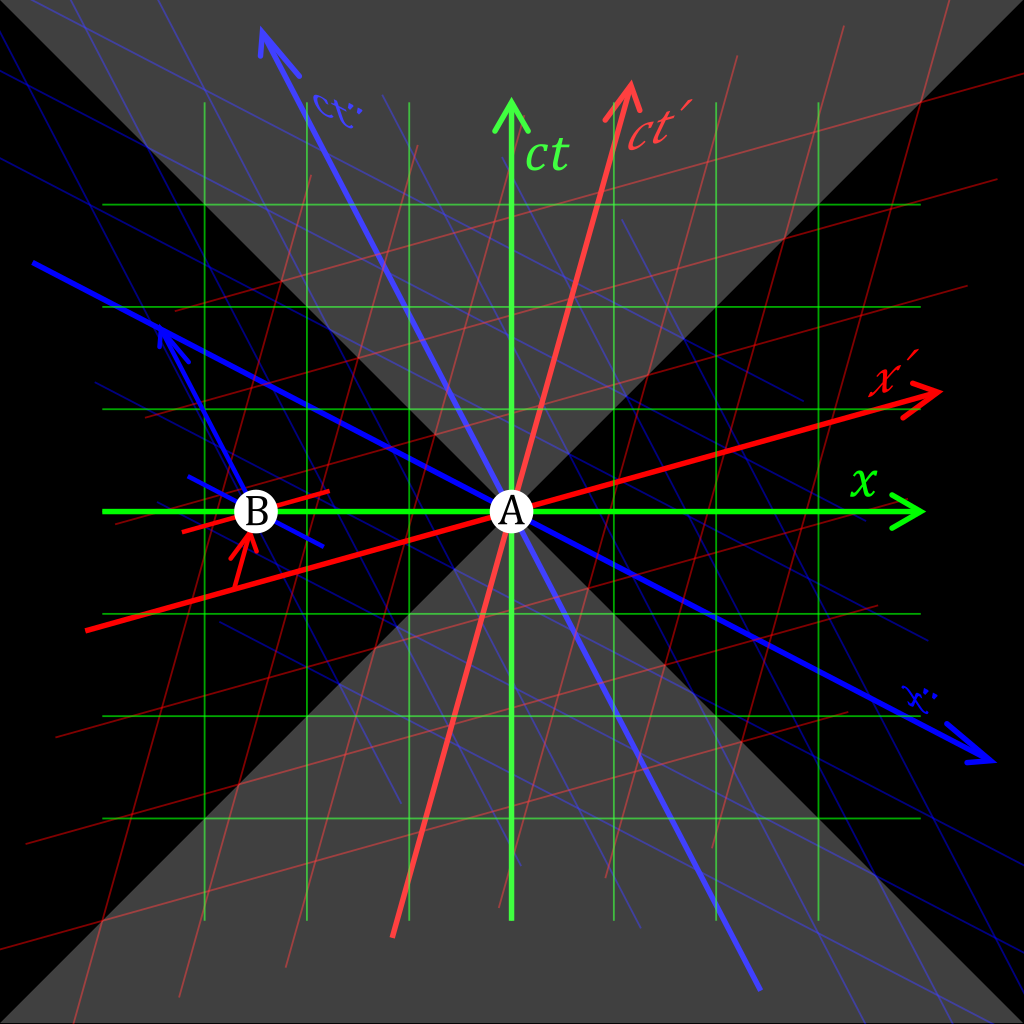
Einstein introduced the concept of the relativity of simultaneity, which states that two events happening simultaneously from one observer’s perspective may not appear simultaneous to another observer moving at a different speed. This idea is a key aspect of special relativity and challenges our everyday understanding of time. It has been confirmed through experiments involving particles moving close to the speed of light. The relativity of simultaneity underscores how time and space are interconnected and relative. Einstein’s insight into this phenomenon continues to shape how we understand the nature of the universe.
Einstein’s Legacy in Modern Physics
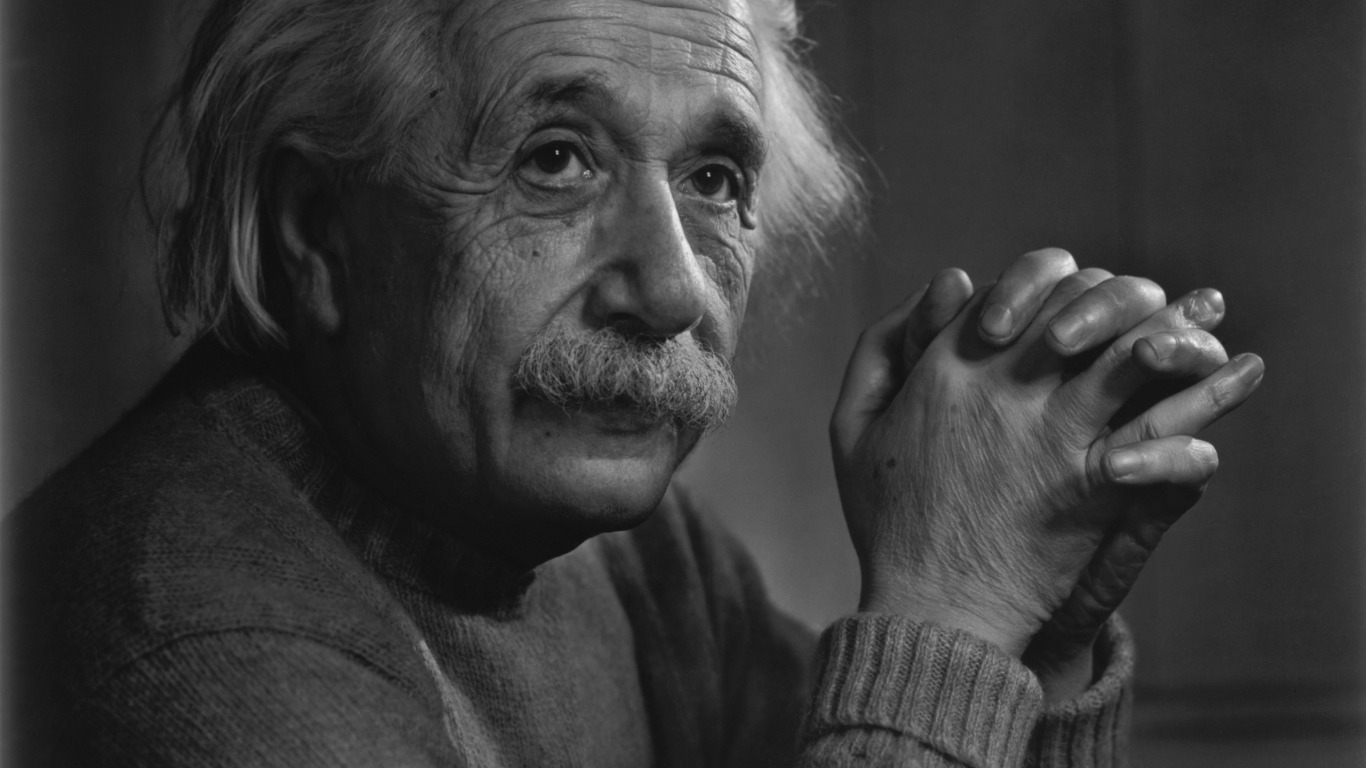
Einstein’s contributions to physics went far beyond any single discovery or theory. His work laid the foundation for modern cosmology, quantum mechanics, and particle physics. Many of today’s most advanced technologies, from GPS systems to particle accelerators, rely on principles derived from his theories. Einstein’s curiosity and willingness to challenge established ideas continue to inspire scientists across disciplines. His legacy is not just in the equations he wrote, but in the way he fundamentally changed how we view the universe.
This article originally appeared on UnifyCosmos.
More from UnifyCosmos
17 Hidden Facts About the Exploration of the Amazon Rainforest

The Amazon Rainforest, located in South America, is the largest tropical forest in the world. Spanning across nine countries, it covers an astonishing 2.1 million square miles. Read More
17 Cost-Cutting Tech Habits That Actually Drain Your Wallet

It’s easy to assume that certain tech habits save money, but many actually do the opposite. From holding onto outdated gadgets to skipping maintenance, these habits can end up costing more than you think. Read More
The 20 Most Luxurious Skincare Brands Worth the Splurge

When it comes to skincare, investing in high-quality products can make a world of difference. Luxurious brands often go beyond basic hydration, offering innovative ingredients and indulgent textures. Read More
Leave a Reply